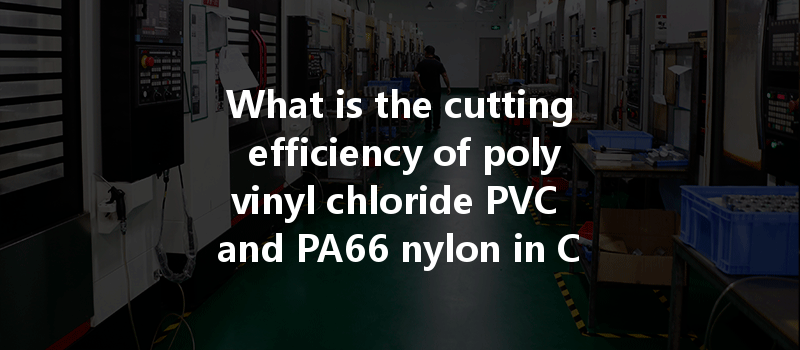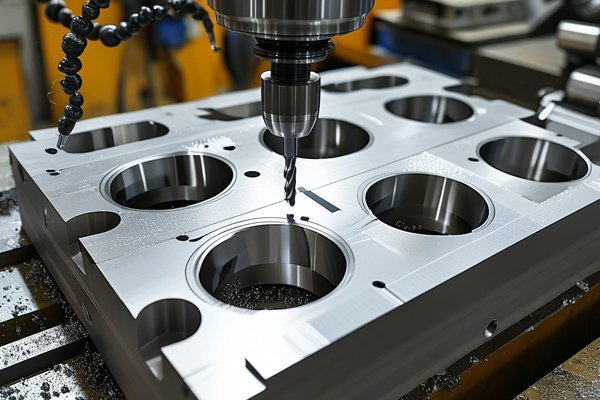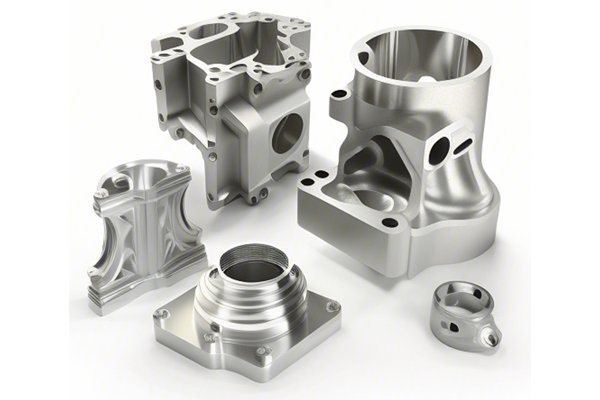Did you know that the global CNC machining market is projected to reach over $100 billion by 2025, driven by advancements in technology and increasing demand for precision engineering? Whether you’re in the manufacturing sector, the automotive industry, or even consumer goods, understanding the intricacies of materials can make a significant difference in production quality and cost.
In this comprehensive blog post, we’ll dive deeply into the cutting efficiency of two widely used materials in CNC machining: Polyvinyl Chloride (PVC) and PA66 Nylon. We’ll explore their properties, compare their performance in CNC machining processes, and offer detailed solutions for maximizing efficiency when machining these materials.
—
Before we look at PVC and PA66 Nylon specifically, let’s establish a baseline understanding of CNC machining. CNC, or Computer Numerical Control, revolves around the automation of machine tools through computers executing pre-programmed sequences of machine control commands. This technology allows for high precision in shaping materials, making it invaluable across various sectors.
2.1 Properties of PVC
Polyvinyl Chloride, or PVC, is a synthetic plastic polymer that is widely utilized due to its durability and resistance to environmental degradation. Here are some of its remarkable properties:
2.2 Cutting Efficiency of PVC in CNC Machining
While PVC possesses several advantages, machining this material requires carefully optimized parameters. The cutting efficiency of PVC can be categorized by the following factors:
To ensure high cutting efficiency with PVC, it’s essential to conduct thorough planning regarding tool selection and to perform trial runs to optimize settings.
3.1 Properties of PA66 Nylon
PA66, commonly known as Nylon 66, is a polyamide known for its high strength and good thermal stability:
3.2 Cutting Efficiency of PA66 Nylon in CNC Machining
Machining PA66 requires different considerations compared to PVC:

When deciding between PVC and Nylon for CNC machining, a comparison of their characteristics can provide significant insights:
| Characteristics | PVC | PA66 Nylon |
|———————-|—————————|—————————|
| Mechanical Strength | Moderate | High |
| Machining Temperature | Lower | Higher |
| Cutting Speed | Moderate | Higher |
| Tool Wear | Moderate | High |
| Chemical Resistance | High | Moderate |
Understanding the strengths and weaknesses of both materials will help manufacturers choose the right material based on their specific machining needs.
To ensure high performance and efficiency when machining PVC and PA66 Nylon, consider the following strategies:
5.1 Tool Selection
Selecting the appropriate cutting tool is critical. For PVC, using carbide tools can improve longevity and reduce gumming. In contrast, tools designed specifically for plastics should be considered for PA
5.2 Monitoring Cutting Parameters
Implementing precision monitoring during machining can help fine-tune speed, feed rates, and depth of cut, ultimately improving the cutting efficiency and quality of the finished product.
5.3 Advanced Cooling Techniques
Utilizing mist cooling systems can substantially improve temperature management during machining, preventing heat-related issues and chip buildup.
5.4 Regular Maintenance
Routine checks on CNC equipment can prevent errors and maintain efficiency throughout the machining process. Ensure that tools are regularly sharpened or replaced as necessary.
In summary, understanding the cutting efficiency of Polyvinyl Chloride (PVC) and PA66 Nylon in CNC machining is crucial for manufacturing. Both materials offer unique properties and challenges that can significantly impact machining efficiency and product quality.
By optimizing the selection of tools, monitoring cutting parameters, and employing effective cooling strategies, manufacturers can enhance their CNC machining processes and achieve superior results. In a highly competitive landscape, maximizing efficiency not only saves costs but also ensures the quality crucial for customer satisfaction.
As technology and insights continue to evolve, keeping pace with best practices in materials and machining will empower your operations and keep you ahead in an ever-changing market. As you ponder over PVC and Nylon machining capabilities, remember that every little detail counts in the quest for manufacturing excellence. Let’s rethink and reshape the future together!






